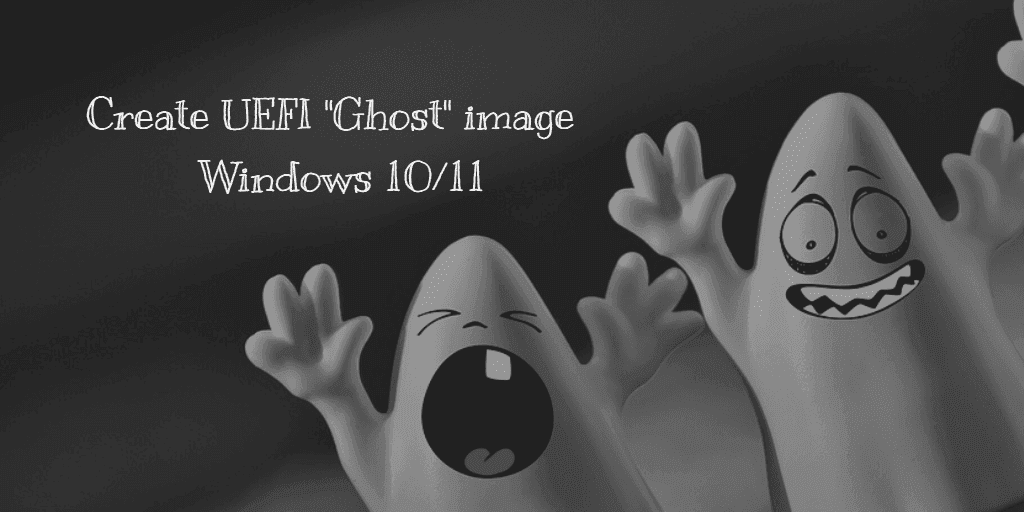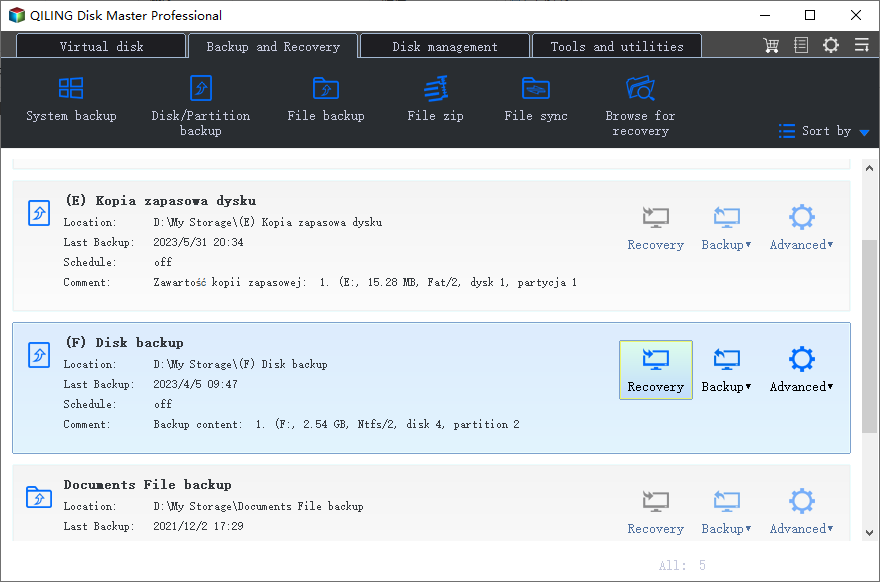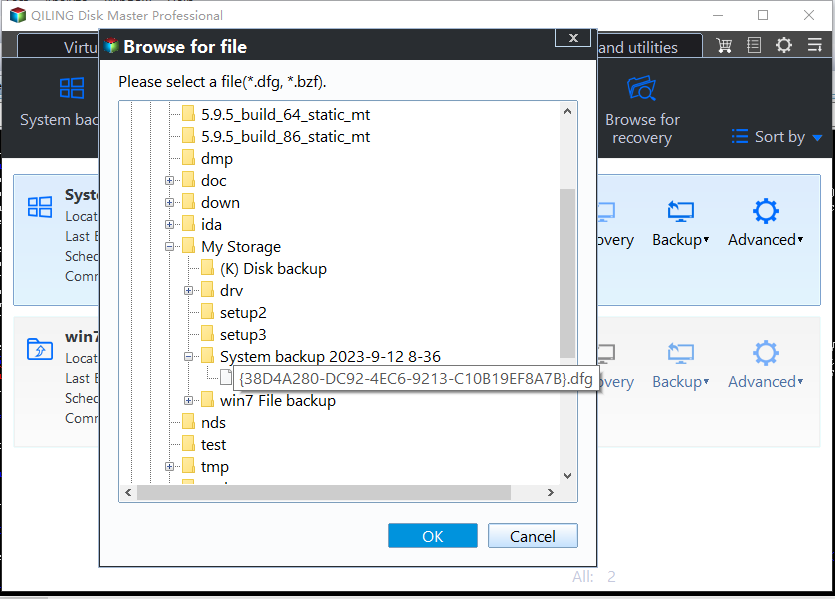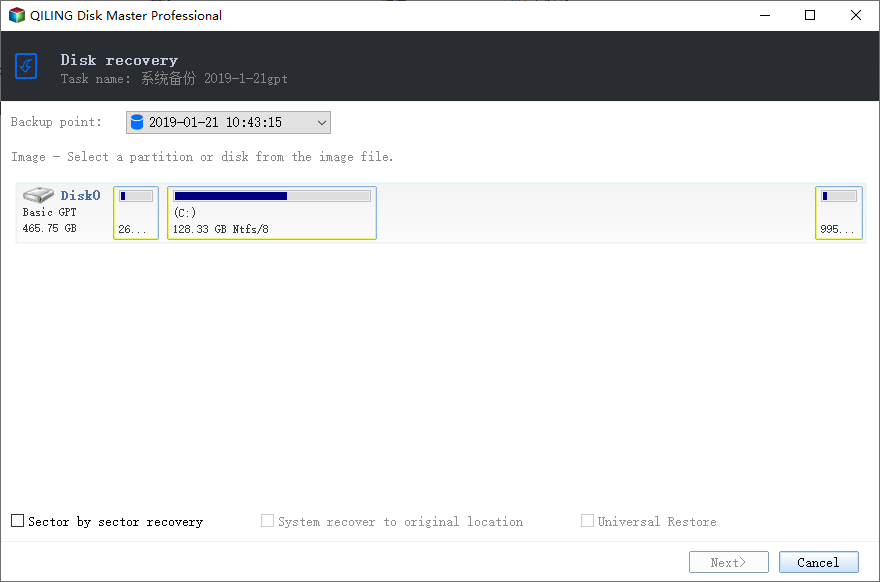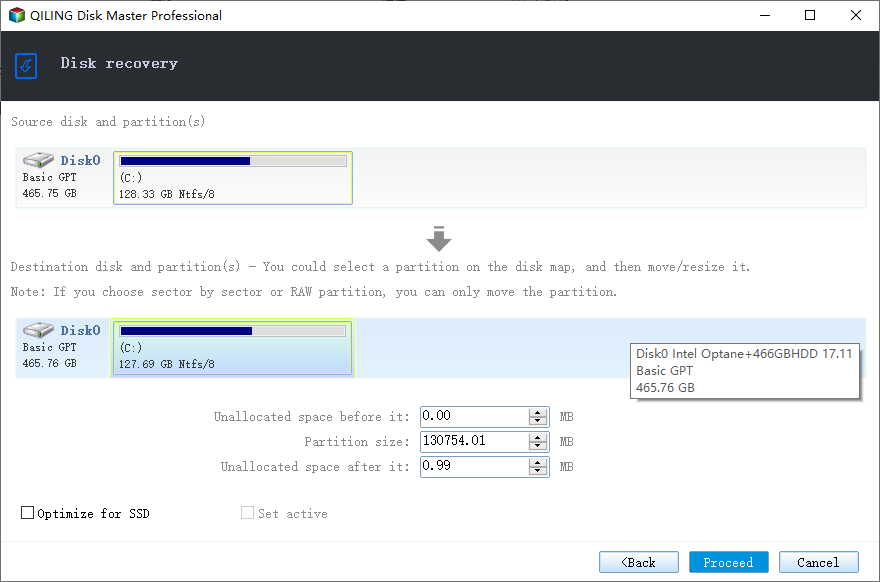Top 2 Easy Ways to Ghost UEFI on Windows 10, 11
The increasing needs of UEFI Ghost image
It is increasingly popular to install operating system on a GPT disk. This is partly due to the advantages of GPT disks over MBR disks, such as supporting disk space more than 2TB, and partly due to the fact that more and more computers support UEFI boot which is necessary for GPT disks.
If your Windows 10 operating system is installed on a GPT disk, you may want to Ghost UEFI Windows 10 for system protection. This requirement is even more prevalent in the latest system Windows 11, because Microsoft requires PCs running Windows 11 to use UEFI firmware for security reasons.
So, how can you Ghost UEFI Windows 10 or other OS properly?
How to create UEFI Ghost image of Windows 10/11
First of all, the word "Ghost" here is actually an abbreviation for "General Hardware-Oriented System Transfer". So Ghost UEFI means creating an image that includes all the partitions needed to run your system. This way you can use it to restore your computer to a normal state when your Windows 10,11 system fails.
However, some problems may arise when creating a complete UEFI image due to the GPT partitioning. To Ghost Windows 10, 11 more efficiently and safely, it is recommended to use a professional backup program.
Ghost Windows 10 UEFI using Qiling Disk Master
For those who don't want to spend too much time studying the operation, Qiling Disk Master Professional may be one of the most hassle-free UEFI imaging tool.
It offers an intuitive interface to help you ghost Windows 11/10/8.1/8/7/Vista/XP with several clicks. Once something bad like system crash or hard disk failure happens, you can quickly restore your computer to the normal state with the backup image. The best part is that you can even restore system image to dissimilar hardware.
In addition to OS, it contains files, partitions and disk backup features with complete schedule options to meet your various needs. If you want to transfer Windows 10 from one SSD to another or something like that, the System Clone features can also help you migrate operating system with secure boot.
Click the button below to download the free trial and have a try!
Now I will introduce how to create and restore a Ghost image using Windows 10 as an example.
◉ How to Ghost UEFI Windows 10
Step 1. Run Qiling Disk Master. Click Backup and select System Backup.
Step 2. It will automatically select the system related partitions including ESP partition and MSR partition. You only need to select a destination path to store the image file. Then click Proceed.
Other useful options:
- Schedule Backup: To create Ghost images regularly and keep the latest system state, you can click "Schedule Backup" to automate the operation. Options include Daily, Weekly, Monthly, Event triggers and USB plug in.
- Backup Scheme: In case too many Ghost images fill up the target device space, you can enable "Automatic backup cleanup" and create a retention policy to automatically delete older backups.
◉ How to Restore UEFI Windows 10 ghost image
Step 1. Click Restore and then Select Task to load the backup task you created before. You can also click Select Image File to locate the image file directly.
Step 2. Select the system backup task and then click Next.
Step 3. Select to restore the entire backup image or a partition in the image and click Next.
Step 4. At the Operation Summary page, preview the operation that will be executed and click Proceed.
Tips: To restore a system image created on another computer with different hardware, just tick "Universal Restore" before clicking "Proceed".
(Alternative) Ghost UEFI Windows 10 with Ghost32
Ghost32 is another tool to create ghost image of Windows 10. But in this method, you need to manually select system partitions and the operations can be a little difficult for computer novices.
Generally speaking, a GPT system disk has 2 more partitions besides the normal system partition. They are Microsoft reserved partition (MSR) and EFI system partition (ESP), and they are hidden in Windows. If you need to ghost Windows 10 on a GPT disk, then you should select these 3 partitions at the same time.
1. Download Ghost32 and open it. Click OK when the information screen appears.
2. Click Local and select Partition. Then click To Image.
3. Hold CTRL and select the 3 partitions, that is, system partition, MSR partition, and ESP partition.
4. Select a place to save the image backup. You can specify a name of the backup, for example, "win10.gho".
5. The tool will ask if you’d like to compress the backup. You can choose No, Fast, or High.
6. Click Yes when asked if you are ready to proceed.
7. Select Continue and then Quit to exit the program.
With the ghost image created above, you can restore your system easily when problems occur:
1. Navigate to Local ->Partition ->From Image.
2. Browse and select the image you wish to deploy and click OK.
3. Select the destination drive.
4. Click Yes and proceed with the image restoration.
Summary
To ghost UEFI Windows 10, you can use either Ghost32 or Qiling Disk Master. Compared to Ghost32, Qiling Disk Master is smarter and more user-friendly. It can select system related partitions automatically when creating a system image. What’s more, Qiling Disk Master is professional system clone software which enables you to migrate OS to an SSD/HDD easily.
If you want to protect unlimited computers within your company, you can pick Qiling Disk Master Technician. With the inbuilt Qiling Image Deploy tool, you are also allowed to deploy/restore system image file on server-side computer to multiple client-side computers over network.
Related Articles
- Free Way to Clone UEFI Disk as Boot drive in Windows 10/8/7
- How to Clone Windows 10 to NVMe SSD Step by Step Guide?
- Backup EFI System Partition for Protection | 2 Free Ways
- UEFI Based System Drive Backup and Restore
